Using a custom anterior guide table with complex cases.
If you are planning to treat patients with more complex dental problems you should consider using an anterior guide table. Many patients with tooth wear, especially pathway wear and restricted envelopes will have milled out the envelope of function that they feel comfortable with.
It would be wise to recreate this pattern in the restorations you make for them when you restore their case. One of the best techniques to recreate this pattern is to make a custom anterior guide table for your case using the accurate, mounted study models on an articulator.
It is essential to have an accurate mounting for this technique to work and I have created my occlusion DVD series to instruct you in the step-by-step process to take the bite records and then mount the case on an articulator. I will also cover this topic in detail during my new occlusion seminar.
Once you have an accurate mounting you or your technician can use the original models to create a custom anterior guide table and recreate the patients pattern of wear and envelope of function in the diagnostic wax-up.
This technique allows you to make esthetic changes to the case but still maintain a familiar occlusal scheme that the patient will feel comfortable with.
I have included some pictures from an anterior guide table my technician, Mr. Harald Heindl has created for the diagnostic wax up for a patient with severe anterior attrition and erosion as well as pathway wear in the envelope of function. I have also included the before and after images of the lower incisors from this case so you can see the dramatic change that occurred during the full mouth reconstruction for this patient
In the next post in this series I will talk about how to transfer the diagnostic wax-up to the patient’s mouth and test the results.
Feel free to add any comments or questions using the link above.
Tagged as: Dr. Stephen Phelan, Phelan Dental Seminars, Dental Education, Dental Occlusion, Full Mouth Rehabilitation, Dental Restorations, Porcelain Restorations, cosmetic dentistry toronto, oakville dentist.
Post comments (10)
© Copyright Phelan Dental Seminars I Dr. Stephen Phelan


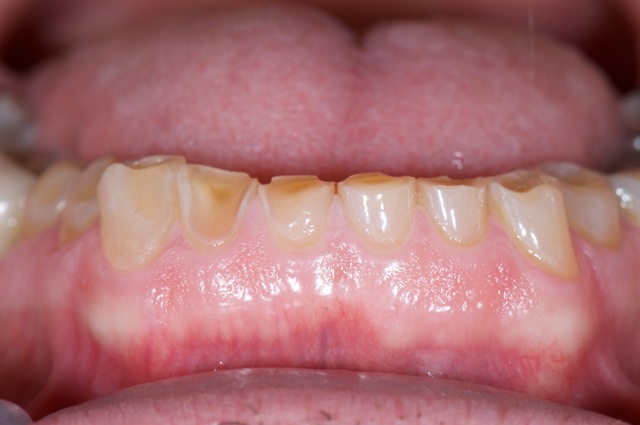
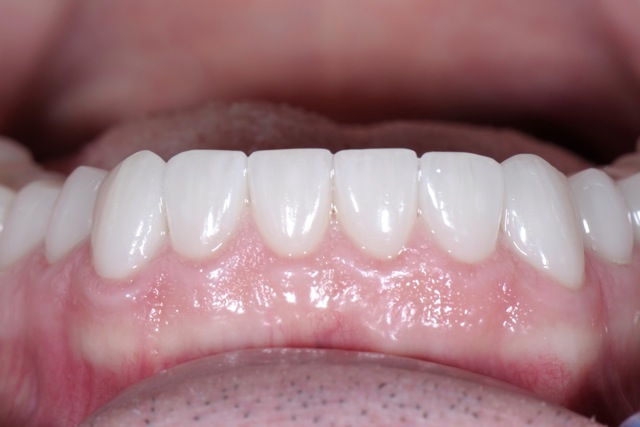
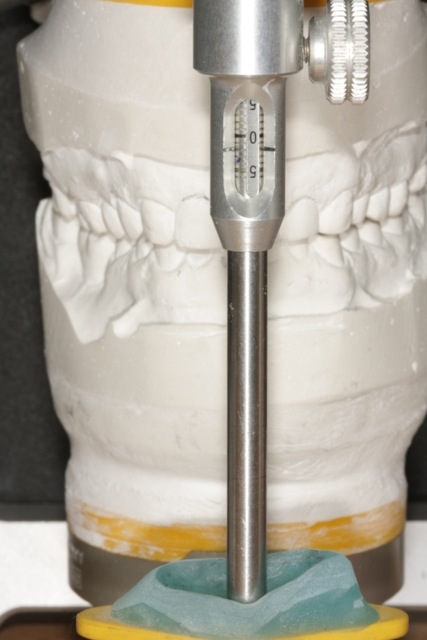




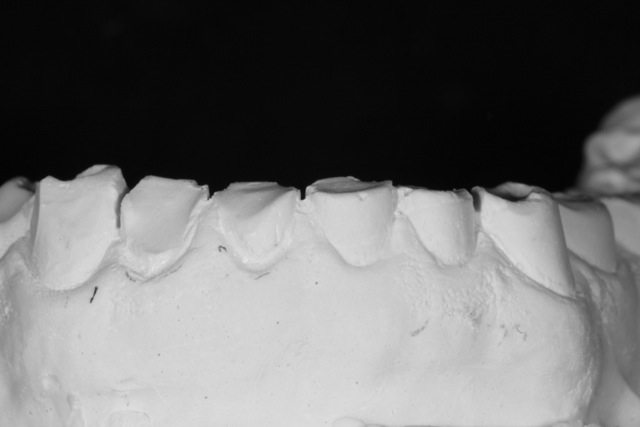
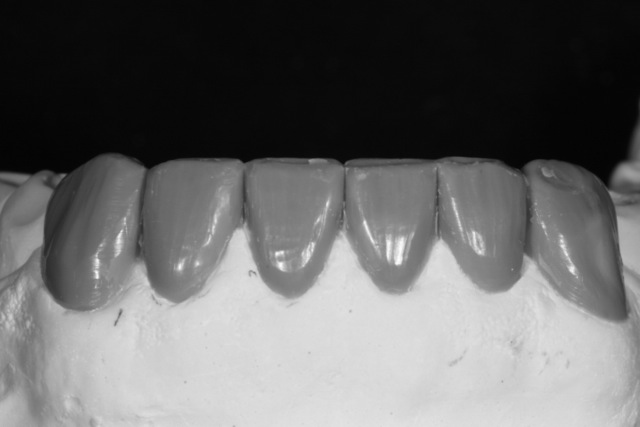


prettysmiles.pro on August 22, 2017
As a very long time follower of quality dental services, I value your
post. Regrettably, many individuals today don’t pay as much
attention to quality oral hygiene as they should. I have tweeted a link to your blog site and bookmarked
the website.
Thanks once again for your quality short article.
noi that dep on September 21, 2016
Thanks for sharing your thoughts about noi that.
Regards
mehran on January 29, 2011
Hi Stephen
Sometimes there is supra eruption after wear.It looks that lower anterior are supra erupted.In case there is any supra eruption would you add to the length of lower anterior both incisally by opening the VD and gingivally by crown lengthening?
Best regard
Mehran
Dr Stephen Phelan on February 4, 2011
Hi Mehran,
Thanks for the comment. I actually treated this case like you suggested but I only did a small amount of crown lengthening due to the root length.
Best Regards,
Stephen
Dr. Gary S. Ford on January 27, 2011
Love your work but I have a few questions –
1. Have you controlled the etiology of why this happened in the first place with a bruxism appliance?
2. Did you go from original to final without assessing the TMJ over a period of time (leaving him in provisionals to assess the new VDO and get him accustomed to the new bite)?
3. Maxillary anteriors – porcelain crowns as well?
4. Veneers or crowns?
5, You show a wax-up of the lower anteriors but have clearly restored 35 to 45 which involves more than just anterior guidance but canine rise/group function. Do you wax in group function but then go to canine rise?
6. Do you prep and temporize or do you go to a provisional setup without prep (a “snap on” type of restoration) to assess form and function and to capture the same guide table you have created with the original dentition?
Great stuff and I love this type of forum.
Thanks
Warmest regards,
Gary
Dr Stephen Phelan on January 27, 2011
Hi Gary,
Great questions. I am in Switzerland right now and I am going to cover this topic in detail in my new seminar but I will give you the quick answers here.
1. Yes he has a post treatment appliance.
2. He was in provisional restorations for 6 months to test out all the occlusal changes.
3. Porcelain crowns, I needed to control the occlusal contacts at the new vertical.
4. Porcelain crowns, I was concerned about the amount of erosion when considering veneers.
5. The photo was from the first portion of the lower wax-up. The patient had a full mouth rehab so we waxed up the entire mouth at the new vertical using the anterior guide table on the Sam 3.
6. I have done both techniques but in this case we prepared and temporized and left him in the provisional restorations for 6 months.
As with many wear patients he has no TMJ or muscle symptoms and we did a doppler of the TMJ which was fairly normal for his age with mild crepitus in the lateral pole.
I hope this answers your questions, I am a little jet lagged from the 6 hour time change!
Best regards,
Stephen Phelan
Anoop on January 27, 2011
Very nice work, Steve.
Did you open the posterior occlusion?
Dr Stephen Phelan on January 27, 2011
Hi Anoop,
How are you?
Yes I opened this patients vertical dimension. I am going to feature this case in my new seminar because it demonstrates the technique very nice.
Cheers,
Steve
Joe :) on January 27, 2011
Spectacular results Stephen!
Joe 😀
Dr Stephen Phelan on January 27, 2011
Thank you Joe!